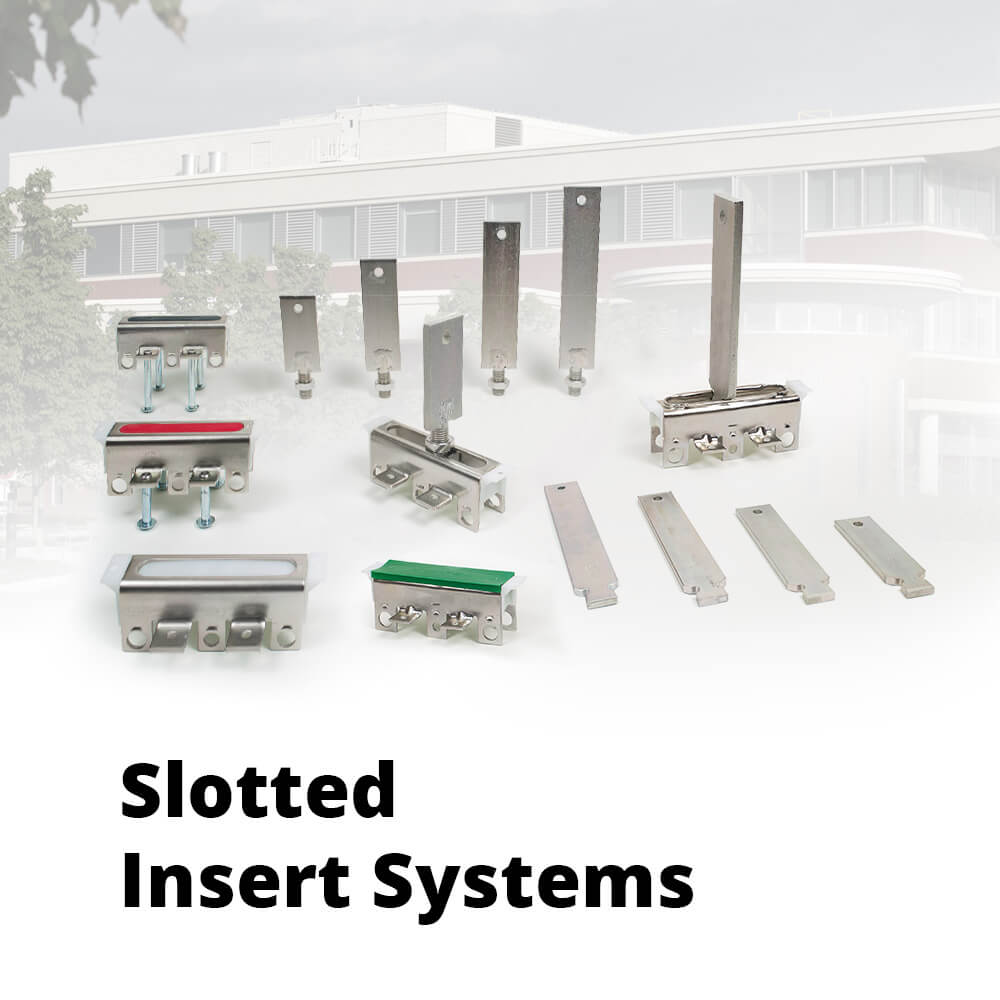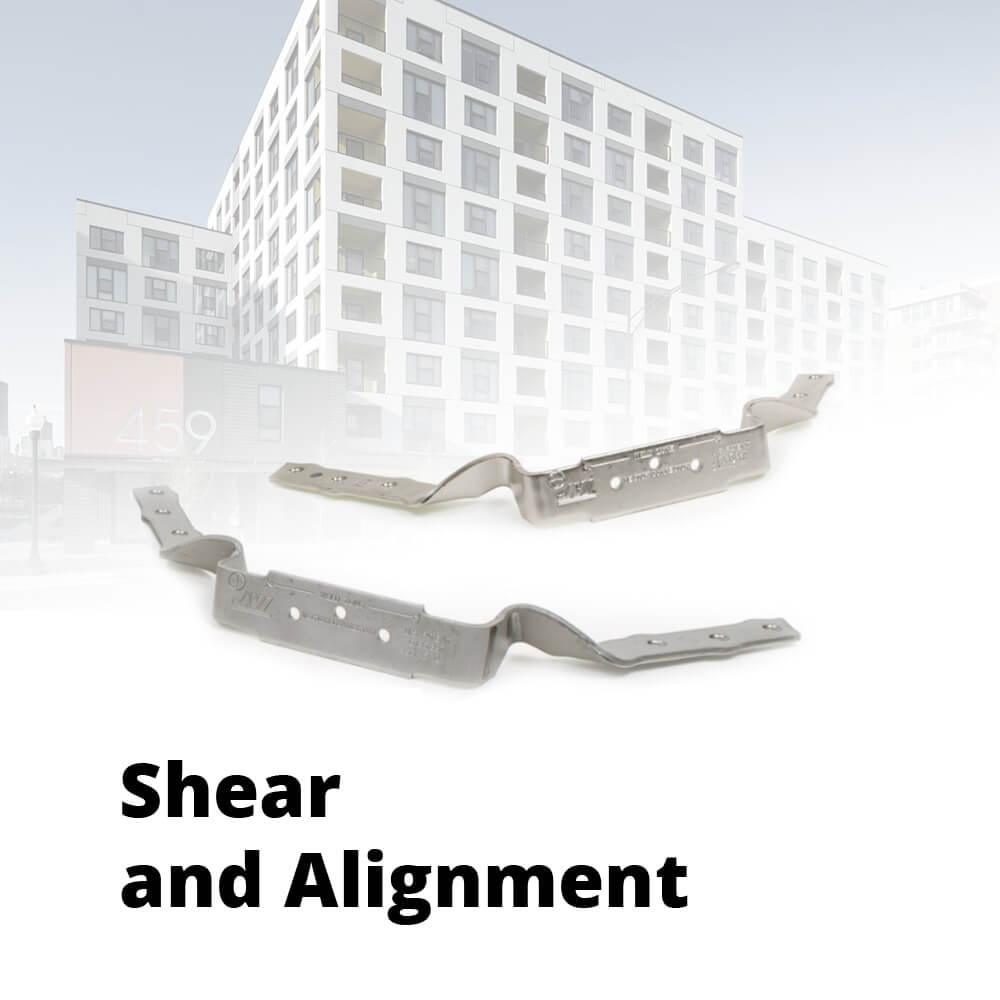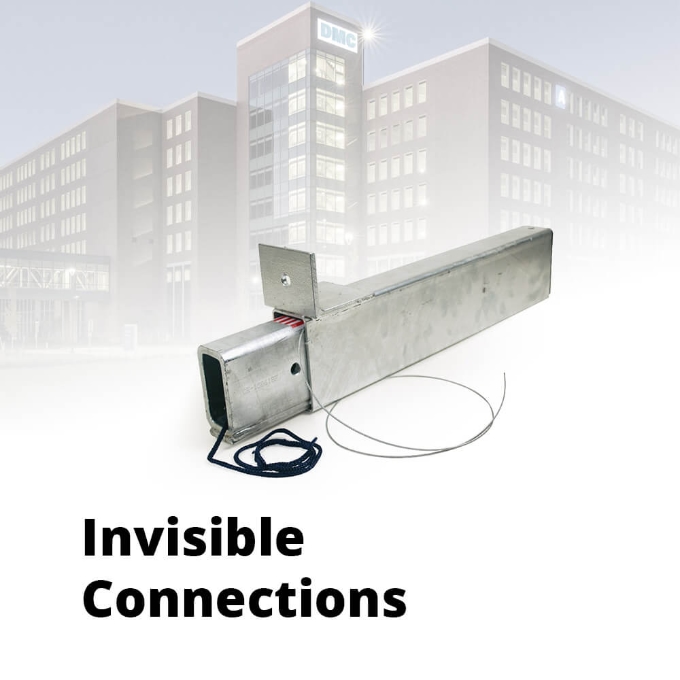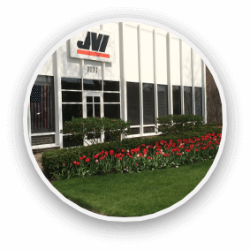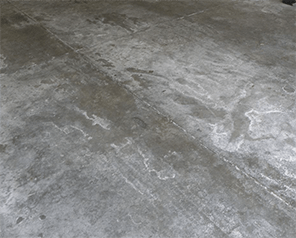
What is Efflorescence?
Credit: Original article published here.
As summer left in a hurry, we skipped fall, and landed straight into winter. As we go through these different climates during curing process your concrete unfortunately can become susceptible to efflorescence.

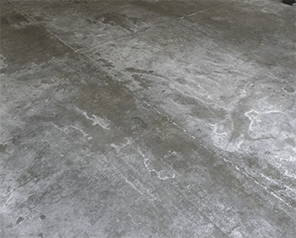
What is Efflorescence?
Efflorescence is a crystalline deposit of salts that can form when water is present in or on brick, concrete, stone, stucco or other building surfaces. It has a white or greyish tint and consists of salt deposits left behind when water evaporates.
How Do Seasons Affect Efflorescence?
Efflorescence, particularly affected by temperature, humidity, and wind when a slower rate of evaporation allows migration of salts to the surface, appears most often during winter production and finishing. Specifically, efflorescence is highly influenced by the concrete becoming wet and remaining damp for several days. At early concrete strengths under these conditions, the compounds have not had enough time to carbonate to any appreciable extent into the surface layer. After carbonation occurs, the quantity of calcium hydroxide, which reaches the surface of the product, is too small for visible efflorescence to be formed.
In the summer, even after long rainy periods, moisture evaporates so fast that a comparatively small amount of salt is brought to the surface. With the passage of time, efflorescence becomes lighter and less extensive, unless there is an external source of salts. The atmosphere also contains acid, such as sulfur dioxide. This can dissolve the calcium hydroxide deposits on the product’s surface. For this reason, efflorescence disappears faster in industrial regions compared with the purer air of a marine or mountain climate.
When Will Efflorescence Form?
Efflorescence may appear immediately or within a few months of product casting, but since precast concrete decreases in porosity as it cures, efflorescence is much more of a short-term condition here than in concrete masonry construction. Increased cement contents and lower water/cement ratios, common to precast and prestressed architectural concrete, greatly decrease permeability, thereby reducing the magnitude and duration of efflorescence. Still, efflorescence is usually inevitable in the production of Portland cement concrete due to use of various admixtures, cement, and aggregates. For instance, cement with a higher alkaline content are more likely to produce efflorescence than cement of lower alkaline content.
How Do You Treat Efflorescence?
Efflorescence and alkali salts can be removed by dry brushing with a stiff bristled brush followed by wet sponging the surface with a mild 5% solution of white vinegar (Acetic Acid) in water. The whole area should then be wiped down with a damp cloth and allowed to dry thoroughly.
Steve Kloos
Vice President – Quality Control

